The rivalry between Alain Prost and Ayrton Senna is often regarded as the most intense and iconic in Formula 1 history. Their battles on the track were not just about speed and skill but also about contrasting personalities, philosophies, and an unrelenting desire to win. The fierce competition between these two legends defined an era of F1, leaving an indelible mark on the sport that continues to resonate decades later.
Prost, known as "The Professor," was a calculated and methodical driver. His approach to racing was meticulous, relying on precision, consistency, and strategic thinking. He was a master at managing tires and fuel, often winning races through intelligence rather than outright aggression. Prost's calm demeanor and ability to adapt to changing race conditions made him a formidable opponent. His four world championships stand as a testament to his brilliance behind the wheel.
In stark contrast, Senna was the embodiment of raw passion and relentless aggression. His driving style was flamboyant, daring, and often bordering on the edge of control. Senna believed in pushing the limits of both man and machine, frequently extracting performance that seemed impossible. His three world championships only tell part of the story—his sheer dominance in qualifying and his ability to perform under pressure made him a legend. To Senna, racing was not just a sport; it was a spiritual pursuit.
The collision of these two titans reached its peak during their time as teammates at McLaren in 1988 and 1989. The partnership was explosive from the outset. While they pushed each other to new heights, their relationship deteriorated into a bitter feud. The 1989 Japanese Grand Prix became a defining moment when Prost deliberately turned into Senna, causing both to retire. The incident handed Prost the championship, but it also ignited a fire in Senna that would burn even brighter the following year.
In 1990, the rivalry reached its boiling point at Suzuka once again. This time, Senna took revenge by crashing into Prost at the first corner, securing his second world title in the most controversial fashion. The move was widely criticized, but it underscored the lengths both drivers were willing to go to defeat one another. Their battles were no longer just about racing—they were personal.
Beyond the on-track drama, their rivalry was a clash of ideologies. Prost represented the old guard, a driver who believed in calculated risks and teamwork. Senna, on the other hand, was a revolutionary who raced with his heart, often defying team orders in pursuit of victory. Their differences extended to their public personas—Prost was reserved and diplomatic, while Senna was outspoken and deeply spiritual.
Tragically, Senna's life was cut short at the 1994 San Marino Grand Prix, leaving the world of motorsport in mourning. Prost, who had retired the year before, was one of the pallbearers at his funeral—a poignant reminder that beneath the fierce rivalry lay a deep mutual respect. In the years that followed, Prost often spoke of Senna with admiration, acknowledging that their battles had pushed him to his limits.
The legacy of Prost vs. Senna endures as the gold standard of F1 rivalries. Their duels were not just about championships but about the essence of competition itself. They represented two extremes of greatness, each brilliant in their own way, each refusing to yield. To this day, no rivalry has captured the imagination of fans quite like theirs—a timeless saga of speed, skill, and unyielding determination.
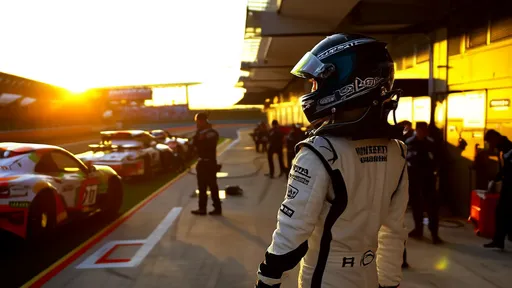
By /Jun 14, 2025
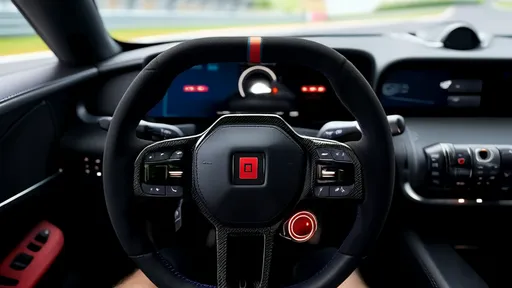
By /Jun 14, 2025
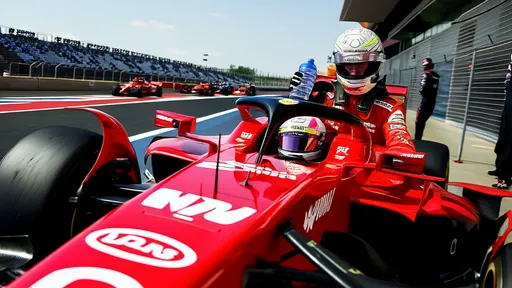
By /Jun 14, 2025
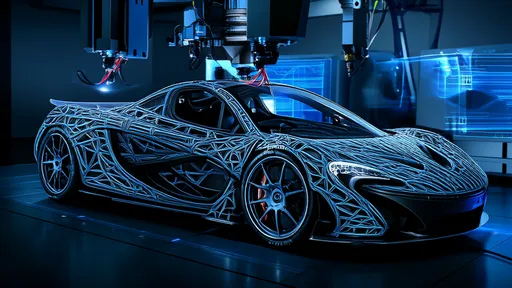
By /Jun 14, 2025
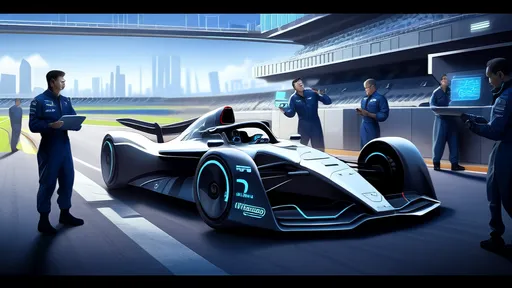
By /Jun 14, 2025
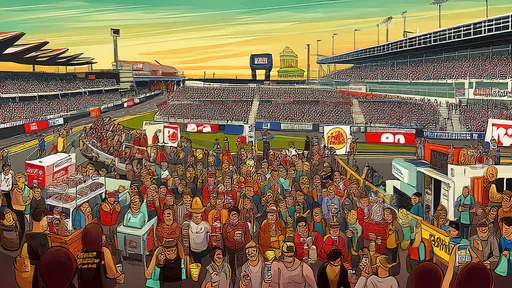
By /Jun 14, 2025
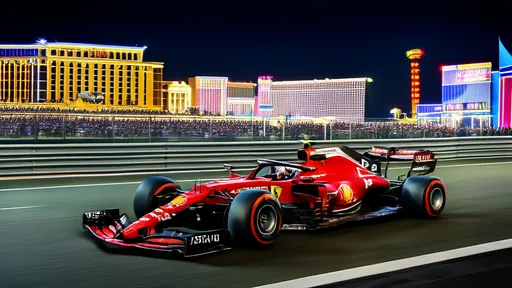
By /Jun 14, 2025

By /Jun 14, 2025
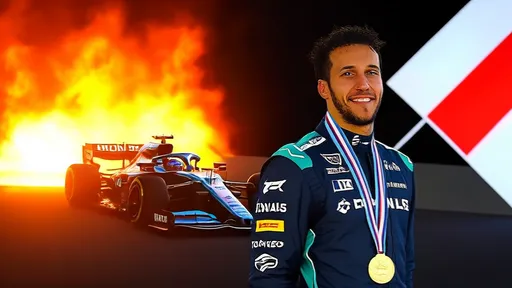
By /Jun 14, 2025
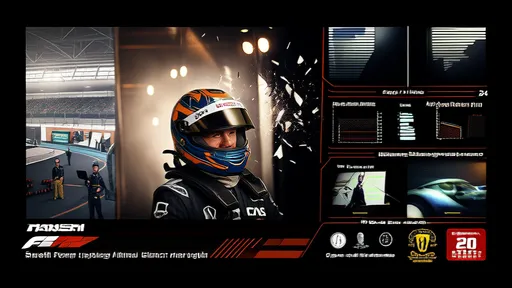
By /Jun 14, 2025
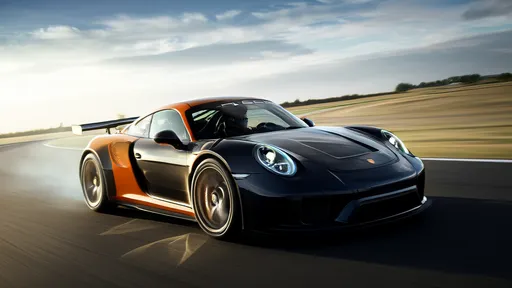
By /Jun 14, 2025
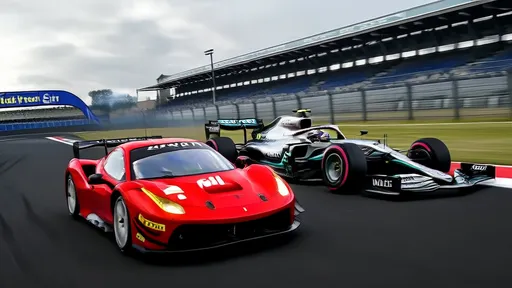
By /Jun 14, 2025
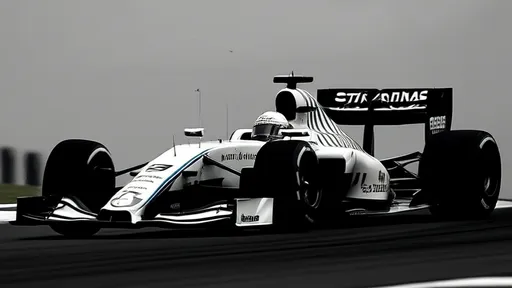
By /Jun 14, 2025

By /Jun 14, 2025

By /Jun 14, 2025

By /Jun 14, 2025
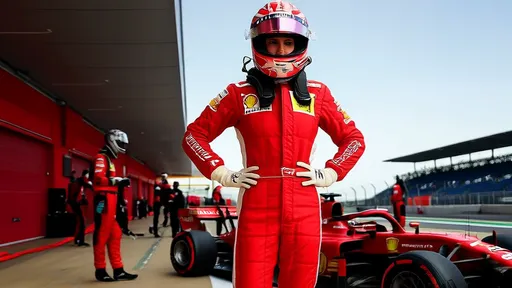
By /Jun 14, 2025